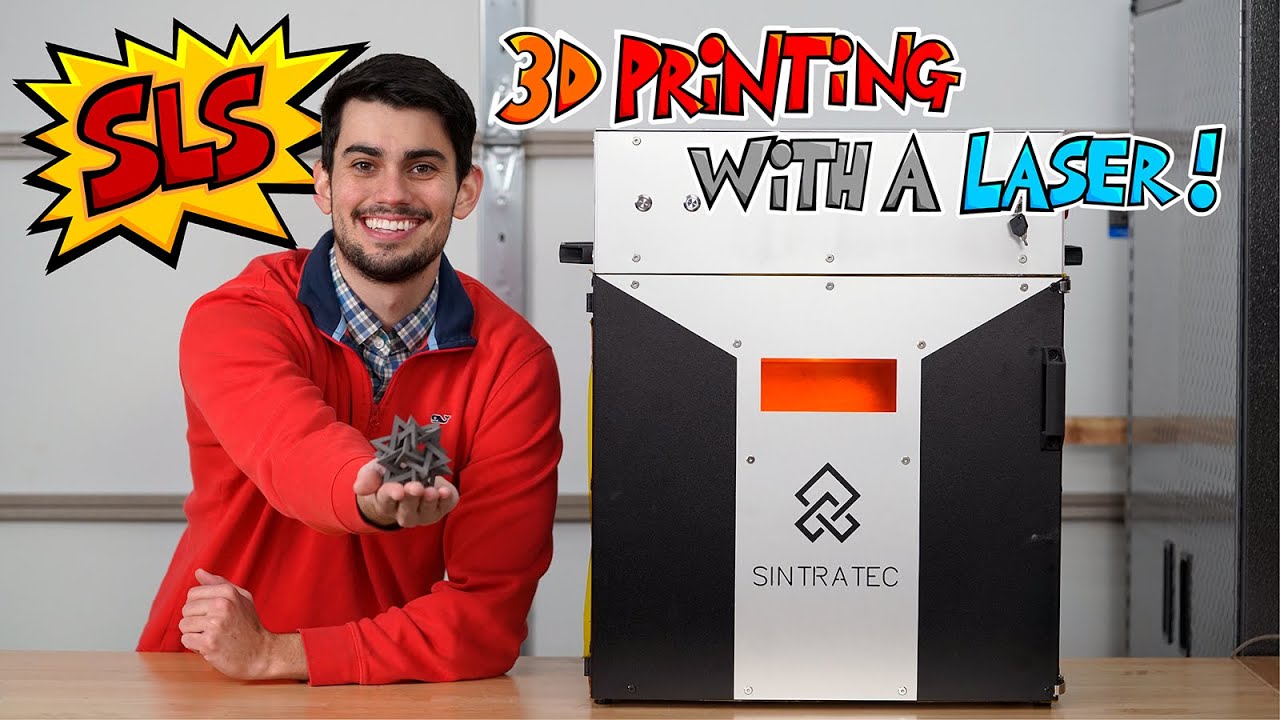Hi everyone,
It’s been a while since I dreamt of building a metal 3D printer, and I bet I’m not alone. I still haven’t done anything yet, but occasionally I think about it and try to come with ideas and a plan for a future possible build.
I was wondering why don’t we see much of these anywhere in the DIY community?
Maybe I’m completely dreaming, but it doesn’t seem impossible for the homegamer at first glance.
Basically the best way seem to make a machine of the SLS kind, with powder being melted with a laser.
I checked around and powders seem relatively easy to find nowadays, and they aren’t even that expensive.
The part that Im still the most unclear about is the laser. I’ve checked the lasers they use in commercial machines and they are very expensive. But it’s likely that they are expensive because they are very powerful in order to be quick enough to make sense in a production environment.
But as a homegamer I don’t really have to care about that, for me it’s not a deal breaker if printing a part takes a while, it would still be a whole lot faster than any other method.
I’d like to make some kind of proof of concept someday in a hypothetical future.
In my opinion I would need to:
-Make some kind of powder layout system: not easy at all, but I’ve seen some DIY builds for plastic SLS systems that seemed successfuf, so I guess I could start from there.
-Have an heated enclosure with inert gas: here again, not easy at all but I guess it is doable, I just don’t know what kind of temps must be sustained in the heated chamber, so if anyone knows it would help. I have access to argon gas so this part should be ok.
-Laser moving system: the ideal laser system is the one using moving mirrors (galvanometer), because then everything is outside of the heated chamber, but it is complicated for me to do it because there will be some weird angle calculation needed, so that implies a custom firmware which I’m unable to do. Also maybe some kind of automatic focus because the focus distance will need to vary with such a system. So I’m a bit stuck here. A laser mounted on a cartesian moving gantry would be ideal since it would work just like any normal laser engraver, but the laser diode would probably not be able to survive the heated chamber for too long. Not sure how to deal with this just yet, maybe some kind of mirror setup like on the CO2 laser cutters?
-Laser : here again I’m not sure. I’d obviously like to be able to use some cheap laser diode under 10W, but I have no idea whether that will be enough or not. I don’t care if it is fast, but it needs to be able to melt the tiny metal particles.
Maybe some of you guys also thought about making such a machine at some point, in which case did you make some research? What are your conclusions so far? How would you do it?
Anyway, I’d love to hear some insights from you guys, so don’t hesitate if you have any idea or if you have some experience in using these machine. Any info on this topic is welcome.
